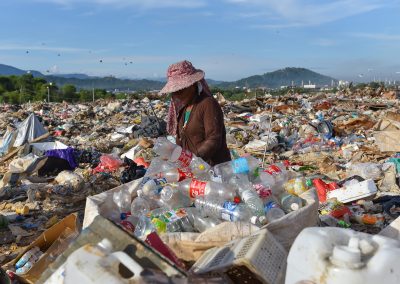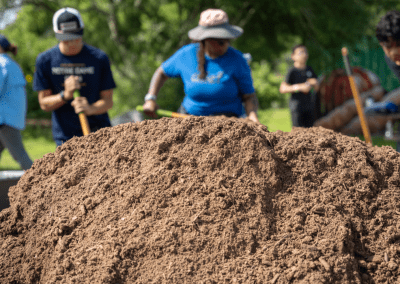St. Louis
St. Louis’ Resilience Journey
St. Louis is located at the confluence of the Mississippi River and the Missouri River, and is a major US port. Surrounded by wealthier suburban communities, the relatively small St. Louis has suffered from a lack of economic diversity. Many residents live in neighborhoods with high poverty and high crime rates, which reduce community safety and inhibit investment and growth.
St. Louis recognizes that building resilience will involve addressing challenges such as aging infrastructure, natural disaster response systems, education and public health deficits, in an equitable manner to help reduce social tensions citywide.
One area of planning that has seen significant success in St. Louis is flood prevention and response. Lower-lying areas are protected by a combination of levees, floodwalls, and pump stations. Emergency responders, police and fire departments, public health and works employees, and residents have all built on past experiences with severe floods to coordinate and manage efforts.
View Strategy (English)
News and Resources

Speaker Series 2025 #11 | Designing Together: The OASIS schoolyard model

Speaker Series 2025 #10 | Waste’s Invisible Workforce: From Informal to Inclusive

Speaker Series 2025 #09 | Scaling Resilient Communities: Tools for Action
Our Network
Which cities are a part of the Resilient Cities Network?

